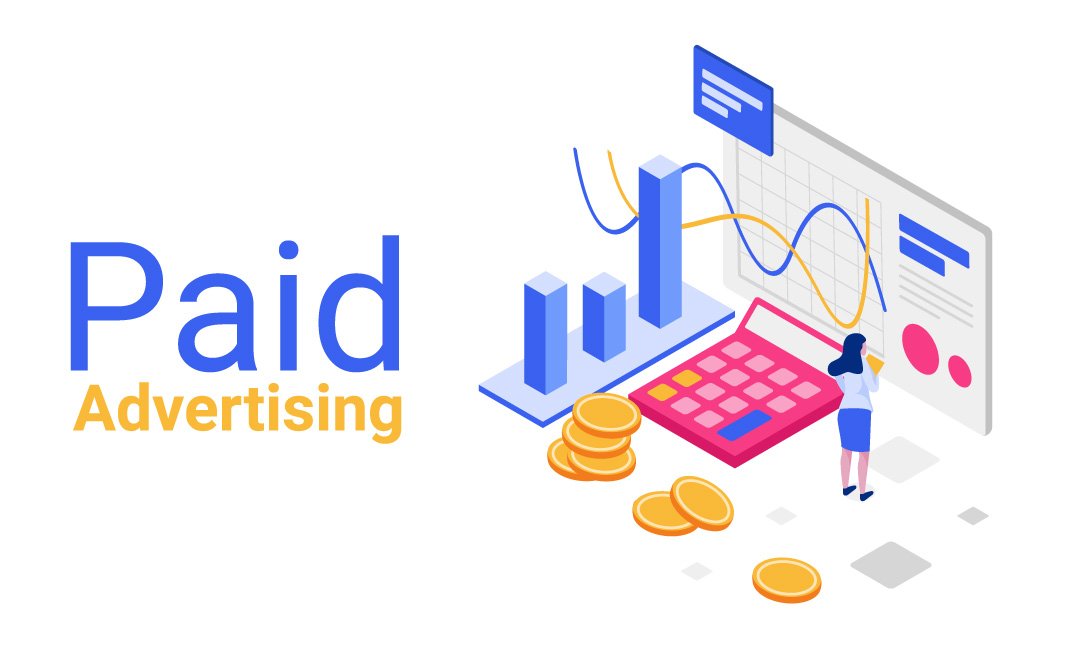
Backlinks are the backbone of a successful SEO strategy. They act as votes of confidence from one website to another, signaling to search engines that your content is valuable and trustworthy. However, not all backlinks are created equal. Understanding the different types of backlinks and their impact on your SEO is crucial for building a robust and effective strategy.
In this guide, we’ll break down the types of backlinks and how they can elevate your search engine rankings.
1. Editorial Backlinks
Editorial backlinks are the most valuable type of link, earned naturally when your content is cited as a credible source in an article or blog post. These links are typically placed by editors or writers who genuinely find your content useful and relevant.
Why they matter: Editorial backlinks signal trustworthiness and authority to search engines, providing a significant SEO boost.
2. Guest Post Backlinks
Guest posting involves writing articles for other websites and including backlinks to your site within the content. This approach allows you to reach a wider audience while building quality links.
Tips for success:
3. Niche-Specific Backlinks
These backlinks come from websites that operate within the same industry or niche as yours. They hold more value because they are contextually relevant to your site’s content.
How to get them:
4. Social Media Backlinks
While links from social media platforms like Facebook, Twitter, and LinkedIn are often nofollow (meaning they don’t directly pass SEO value), they still play a vital role in driving traffic and increasing visibility.
How to leverage them:
5. Directory Backlinks
Directory backlinks come from online directories or listings. While they might seem outdated, being listed in reputable directories can still help improve your local SEO and online visibility.
Best practices:
6. Forum Backlinks
Backlinks from forums are created by participating in discussions and leaving links to your content where relevant.
How to use them wisely:
7. Broken Link Backlinks
Broken link building involves finding broken links on other websites and suggesting your content as a replacement. This method is a win-win, as it helps the site fix its broken link while earning you a backlink.
Steps to implement:
8. NoFollow and DoFollow Backlinks
Best approach: Aim for a balanced mix of DoFollow and NoFollow backlinks for a natural-looking profile.
9. Infographic Backlinks
Infographics are a visual way to share information, and when done right, they can earn backlinks from websites that republish your content.
How to create them:
10. Paid and Sponsored Backlinks
These are links obtained through sponsorships or paid collaborations. While they can be effective, search engines like Google have strict policies against manipulative paid links.
Best practices:
Final Thoughts
Building a robust backlink strategy requires a mix of these backlink types. Focus on creating valuable, shareable content while targeting quality over quantity. By understanding and leveraging the right backlinks, you can improve your SEO, increase traffic, and establish your website as an authority in your niche.

In today’s digital age, social media has become a powerful tool for businesses to connect w...
Read More
Digital marketing is a dynamic field that is constantly evolving, influenced by technological adv...
Read More
Backlinks are the backbone of a successful SEO strategy. They act as votes of confidence from one...
Read MoreⓒCopyright 2024 Dit.Limited . All rights reserved


